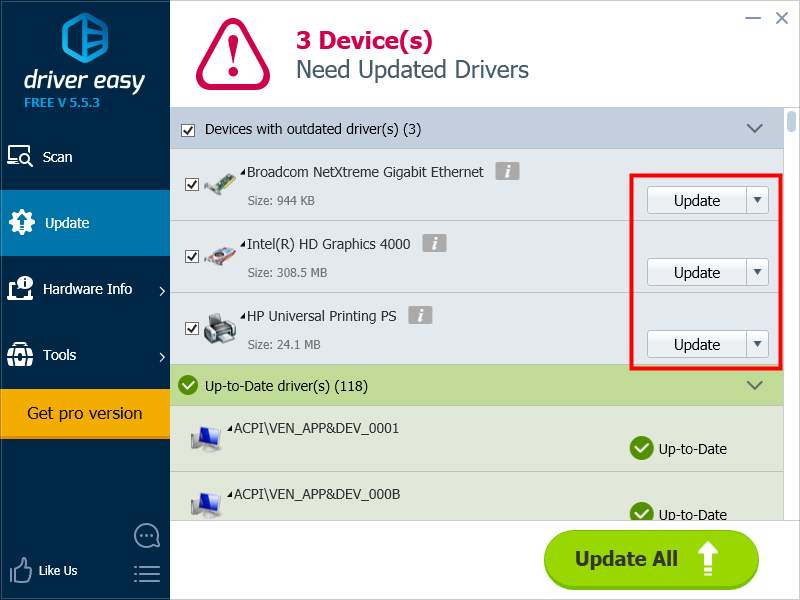You may be in a situation where your computer is running slowly. In the hope of figuring the reason out, you open Task Manager, and find that a process named TiWorker.exe (or Windows Module Installer Worker) is causing the trouble. It is using too much system resources, resulting in high disk (and CPU) usage. At this point you surely want to know what this process is and how to do to stop it from slowing down your computer.

TiWorker.exe, also known as Windows Module Installer Worker, is a system process related to Windows Update. Basically, it manages the installation and removal of Windows system updates and other components. When the operating system is downloading and installing updates, or when you are running Windows Update, TiWorker.exe will take up some system resources in the background.
You should know that TiWorker.exe will cause high disk or CPU usage from time to time if you are using Windows 10. That is because Windows 10 will automatically download and install updates regularly using Windows Update. Therefore occasional slowdowns by TiWorker.exe should be considered normal.
However, if TiWorker.exe slows down your computer very often and uses excessive high CPU or disk, you should think of it as an abnormal situation. The problem usually results from Windows Update, but sometimes it can be faulty files or drivers in the system.
The following are methods that can help you fix your TiWorker.exe high disk usage issue on your Windows 10 computer. It is recommended that you give them a try.
1) Install all available updates
2) Run Windows Update Troubleshooter
3) Restart Windows Update service
5) Run SFC scan
1) Install all available updates
You can install all available updates to prevent TiWorker.exe from taking up too many resources in the background.
a) Open Start menu and then click on Settings.
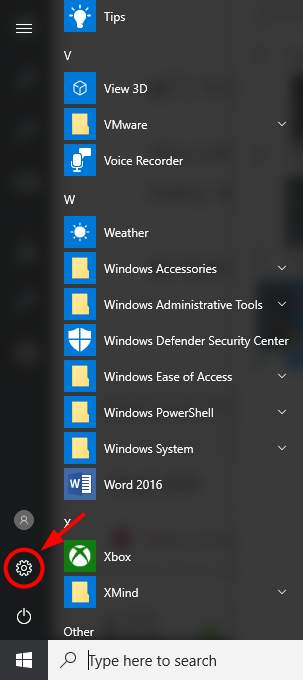
b) In Settings window, select Update & security.
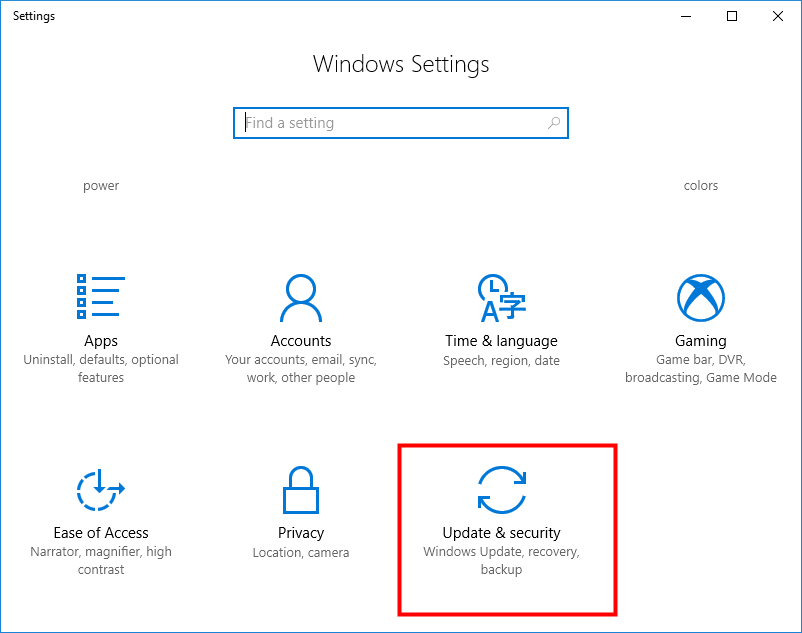
c) Click on Check for updates. Download and install update if there is any available.
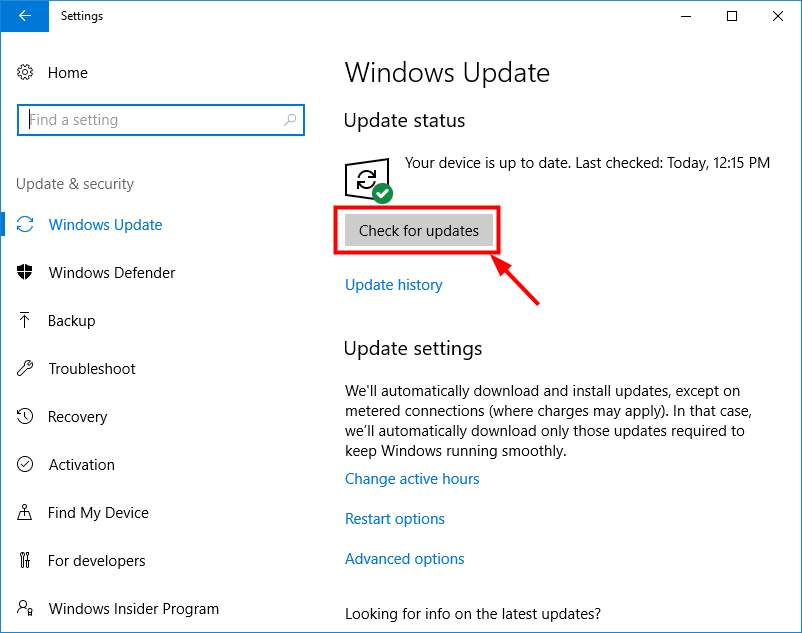
2) Run Windows Update Troubleshooter
You can always run Windows Update Troubleshooter when you find there are problems with Windows Update.
a) Press Windows logo key and R key on your keyboard at the same time to open Run dialog. Type “control” in this dialog and click on OK.

b) View Control Panel by Large icons, and then select Troubleshooting.

c) Select Fix problems with Windows Update under System and Security.
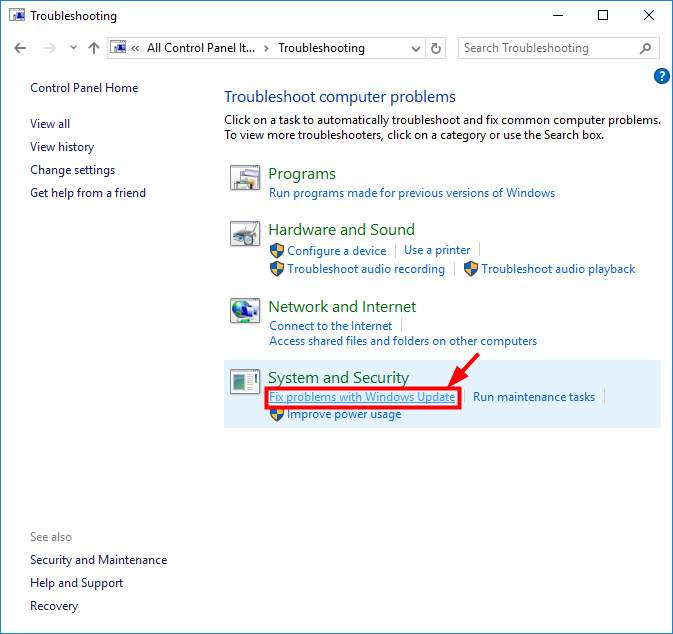
d) In the window popping up, follow the instructions to perform Windows Update troubleshooting.
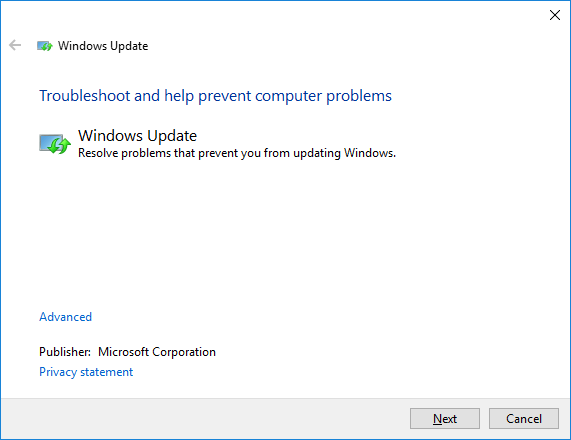
3) Restart Windows Update service
You can try restarting Windows Update service. This will reset Windows Update and can get it back to normal.
a) Press Win and R key on your keyboard at the same time to open Run dialog. Type “services.msc” and click on OK.
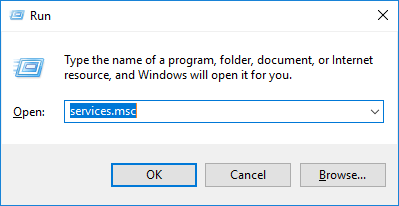
b) In the list of services in your system, find and single click on Windows Update, and then click on Restart in the service description on the left. This service will be restarted soon.
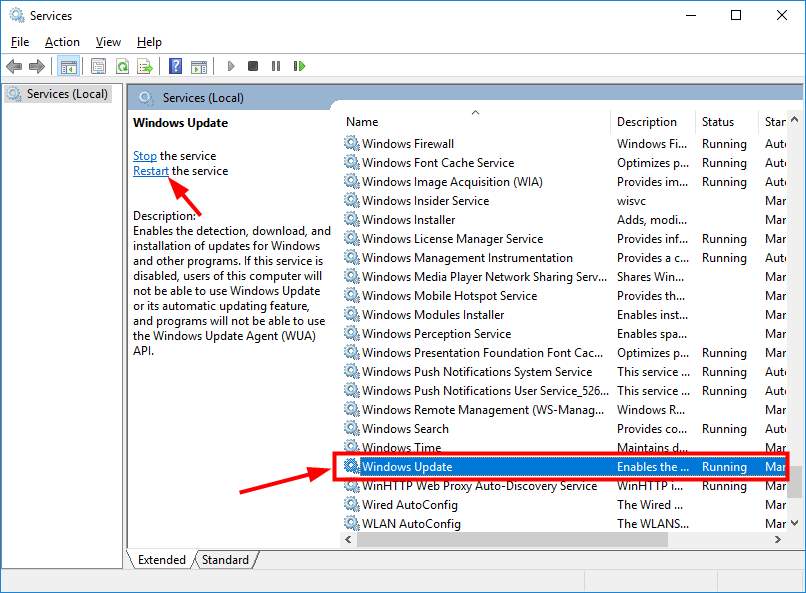
4) Clear Windows Update files
Windows Update stores the downloaded files into a specific folder, known as SoftwareDistribution. If some of these files are corrupted, it is likely that you face issues on Windows Update, including TiWorker.exe with high CPU and disk usage. You can clear the files in this folder to solve problems of this kind.
a) Press Win and R key on your keyboard at the same time to open Run dialog. Type “services.msc” and click on OK.

b) Single click on Windows Update service. This time click on Stop to disable the service.
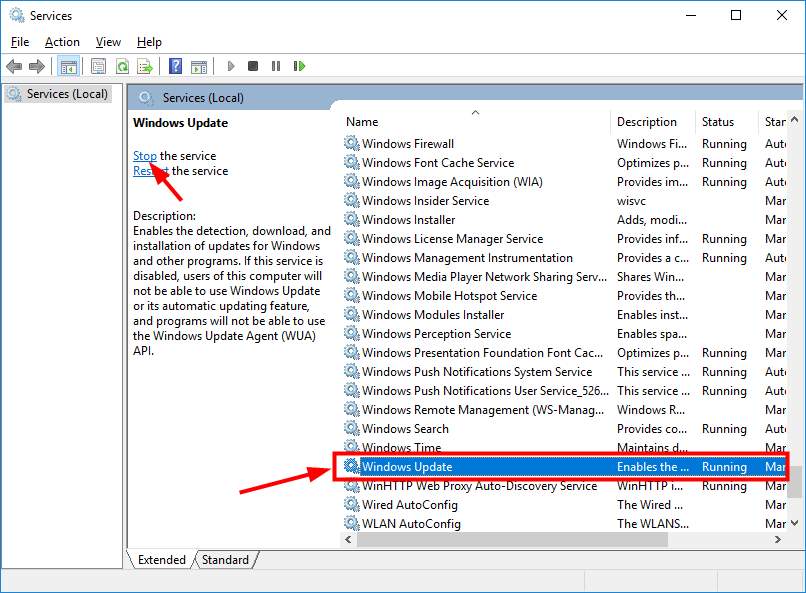
c) Open File Explorer and then navigate to C:\Windows. Find and delete the folder SoftwareDistribution.
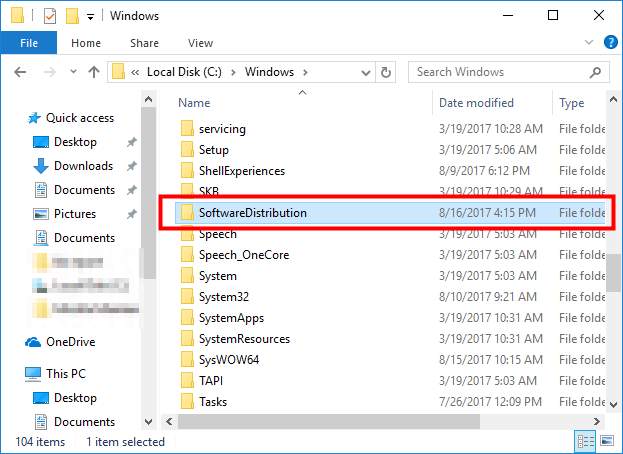
d) Restart your computer and see if TiWorker.exe process has calmed down.
* After restarting your computer, Windows Update service will be re-enabled automatically, and a new SoftwareDistribution will be created next time it checks for updates.
5) Run SFC scan
It is possible that there are corrupted files on your computer that lead to TiWorker.exe using too many system resources. You can run an SFC (System File Checker) scan to detect any problem files and services on your computer.
a) Right click on Start menu (Windows logo on taskbar) and select Command Prompt (Admin) or Windows PowerShell (Admin) (if you are using a newer version of Windows 10).
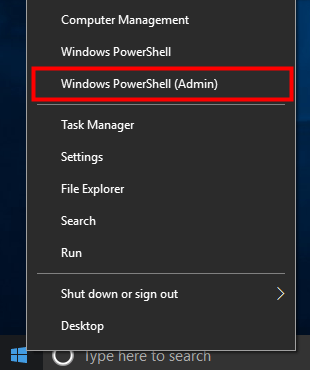
b) In Command Prompt or PowerShell, type the command “sfc /scannow” and hit Enter.
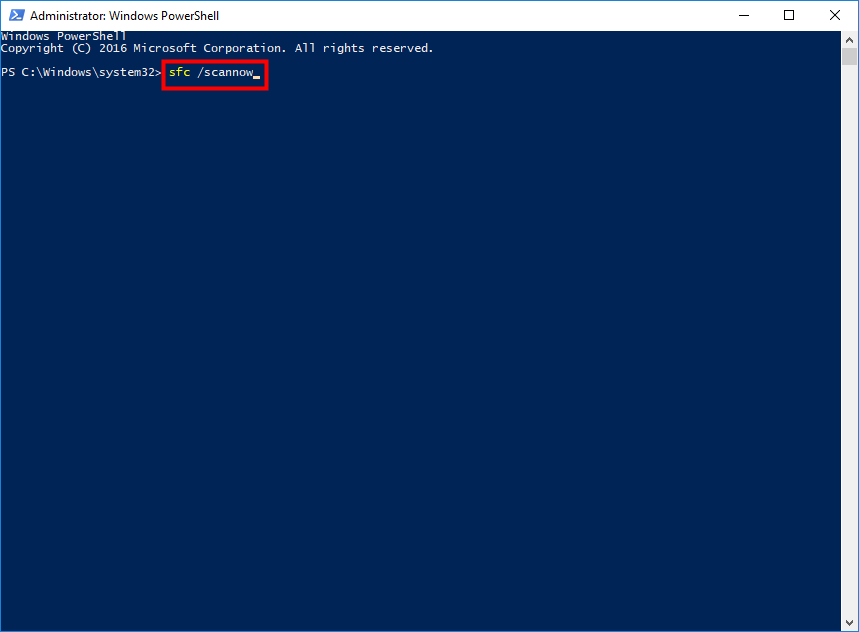
c) Wait until the scan completes.

d) After that, reboot your computer and see if the problem resolves.
6) Use DISM tool
You can also try the Windows built-in DISM (Deployment Image Servicing and Management) tool to fix Windows Update errors. This could be helpful for fixing the high CPU and disk usage issue.
a) Right click on Start menu (Windows logo on taskbar) and select Command Prompt (Admin) or Windows PowerShell (Admin).

b) In Command Prompt or PowerShell, type the command “dism.exe /online /cleanup-image /restorehealth” and hit Enter.
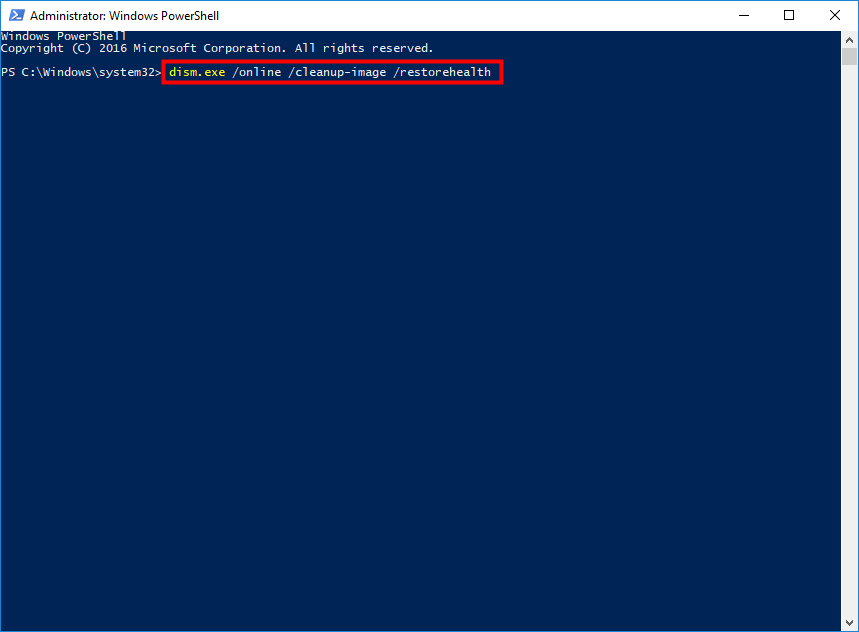
c) Wait for the process to complete. After that reboot your computer and see if the problem is gone.
7) Update drivers
In some cases, Tiworker.exe process occupies too many system resources due to faulty or incompatible drivers. You will need to update the drivers on your computer in order to get rid of this issue.
To update driver, using Driver Easy is an easy and credible option.
Driver Easy will automatically recognize your system and find the correct drivers for it. You don’t need to know exactly what system your computer is running, you don’t need to risk downloading and installing the wrong driver, and you don’t need to worry about making a mistake when installing.
You can download and install your drivers by using either Free or Pro version of Driver Easy. But with the Pro version it takes only 2 clicks (and you get full support and a 30-day money back guarantee):
a) Download and Install Driver Easy.
b) Run Driver Easy and hit Scan Now button. Driver Easy will then scan your computer and detect any problem drivers.
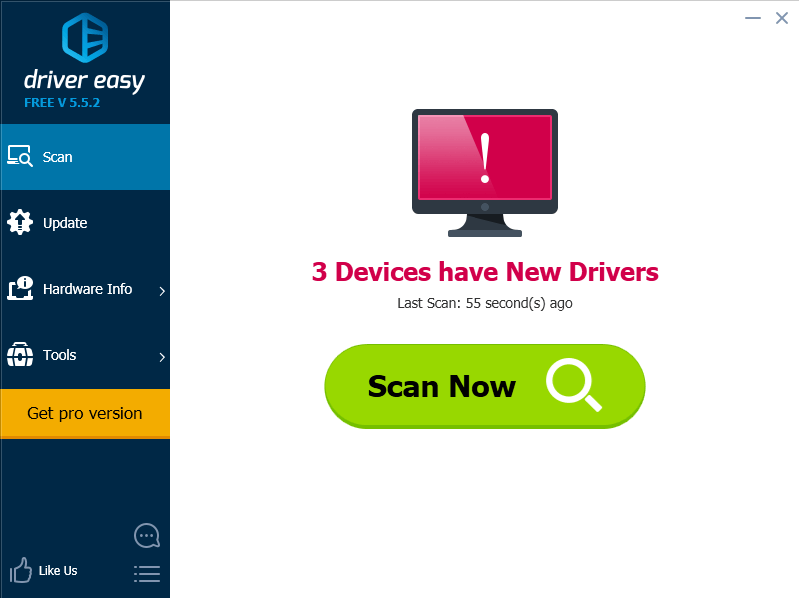
c) Click on the Update button next to each of your devices to download the latest and correct driver for it. You can also hit Update All button at the bottom right to automatically update all outdated or missing drivers on your computer (this requires the Pro version — you will be prompted to upgrade when you click on Update All).
